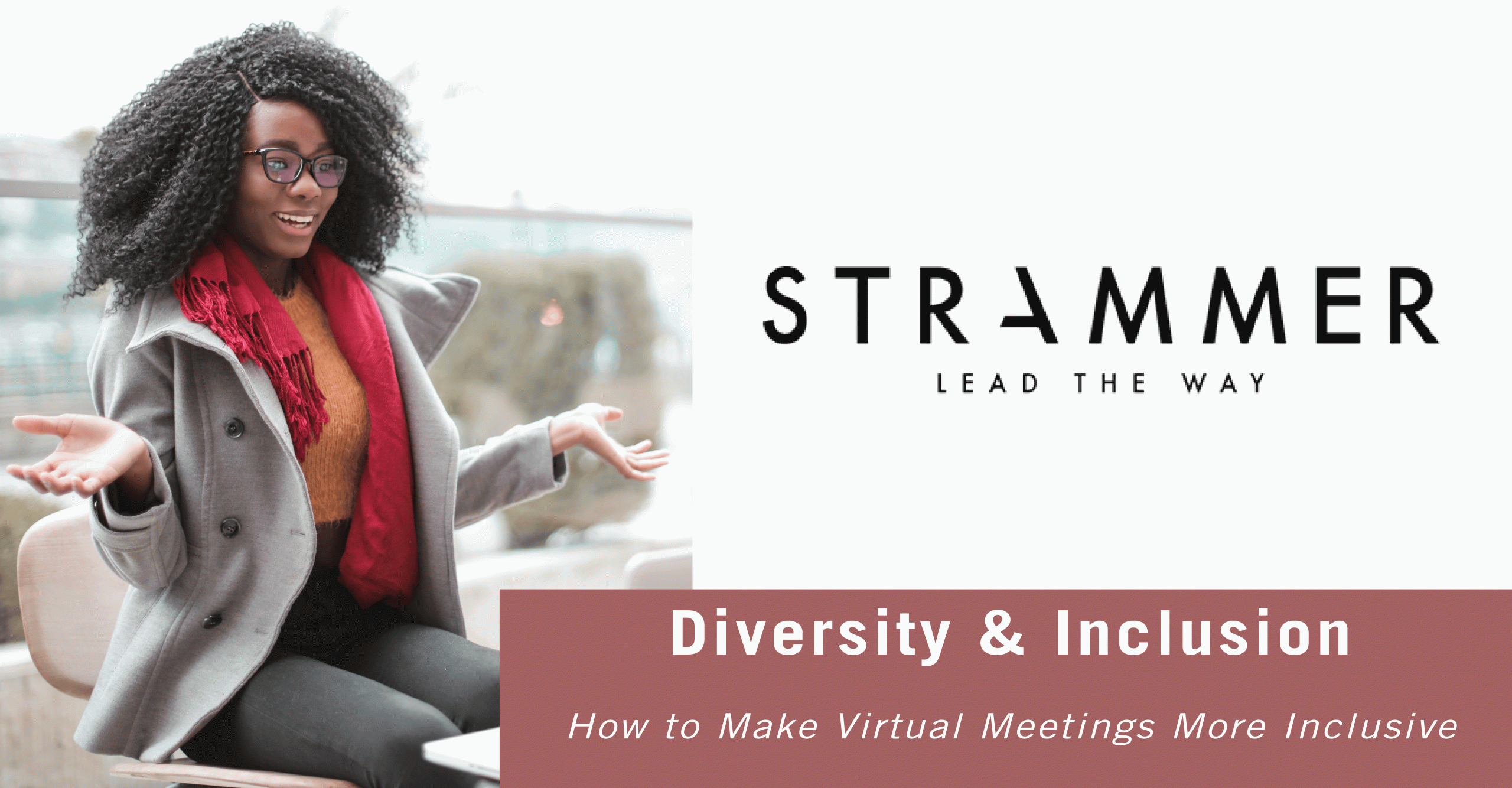How to Achieve More Inclusive Remote Meetings
Meetings help shape company culture and are thus an important component in building inclusive organisational cultures. However, according to a Harvard Business Review study at a global bank, only 35% of employees felt able to make a contribution at all times during meetings.
As many meetings are now taking place virtually, a new set of tools unique to the digital medium are available. It is a good idea for organisations to consider the functionalities available for meetings conducted through digital platforms as this will allow them to develop practices to encourage participation, inclusion, and belonging in this new working context. Here are some of these tools and their possible benefits.
It is not always those with the loudest voices or those most eager to put themselves forward who have the best ideas, and it is the responsibility of the designated leader to encourage debate and actively develop opportunities for all members to contribute. One example is using the chat to gather ideas from everyone, which can create a springboard for discussion. Additionally, leaders could utilise the ‘breakout’ function to split participants into smaller teams, potentially aiding contribution. Both these features can help to ensure a range of ideas are voiced and heard.
Having a host or facilitator could also be helpful to prevent interruptions and oversee a fair distribution of floor time. For instance, in cases where a louder person interrupts a quieter one, the host is well-positioned to politely direct the conversation back to the original speaker and ensure they get the chance to express their idea. This could help to reinforce norms for listening and build a positive atmosphere where everybody’s views are given adequate time and respect.
Leaders can also help to draw out diverse perspectives. One specific technique which could work well for this objective is ‘Amplification’, which involves repeating the idea expressed back to the person who proposed it, and in doing so, prompting them to explain further. In a Forbes article, Robin Moriarty explains that this strategy can be used in situations where a participant expresses a promising idea but does not expand on it, and another person takes over the idea as though it was their own. Instead, ‘Amplification’ works by nudging people to expand on their thoughts, thus appropriately attributing the idea to the person who contributed and ensuring due credit is given.
The functionalities of digital tools could also help to accommodate employees who have caring duties and different working schedules. Childcare responsibilities, for instance, tend to be taken on more heavily by women than men. Indeed, recent findings from the UK’s Institute for Fiscal Studies found an increased burden during lockdowns on working mothers particularly. Provided permission is given by participants, it is possible to record virtual meetings, allowing working parents to catch up if they cannot attend a meeting and ensuring they are included in important developments.
Once virtual inclusion strategies have been implemented and tested during a meeting, it can be useful to ask for feedback so organisations can understand how participants experienced the meeting and obtain suggestions on how to further promote inclusion.
References:
- How to have more inclusive meetings over Zoom, October 2020, TED Ideas.
- How to Make Virtual Meetings More Inclusive, Nobl Academy.
- Being An Inclusive Leader In Meetings, November 2019, Forbes.





